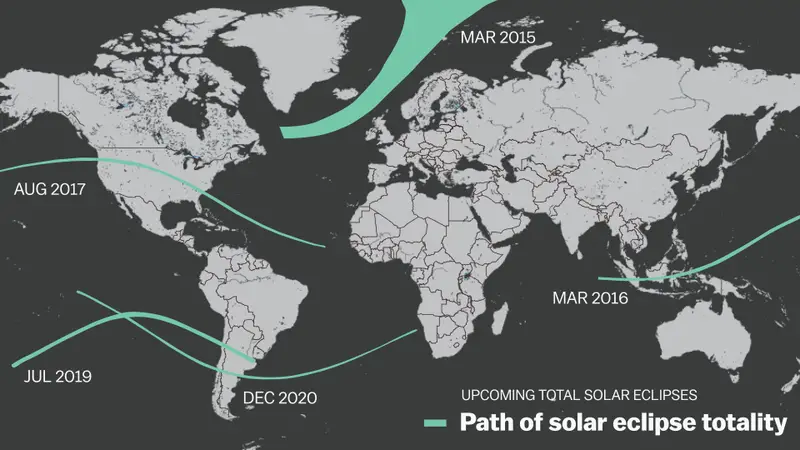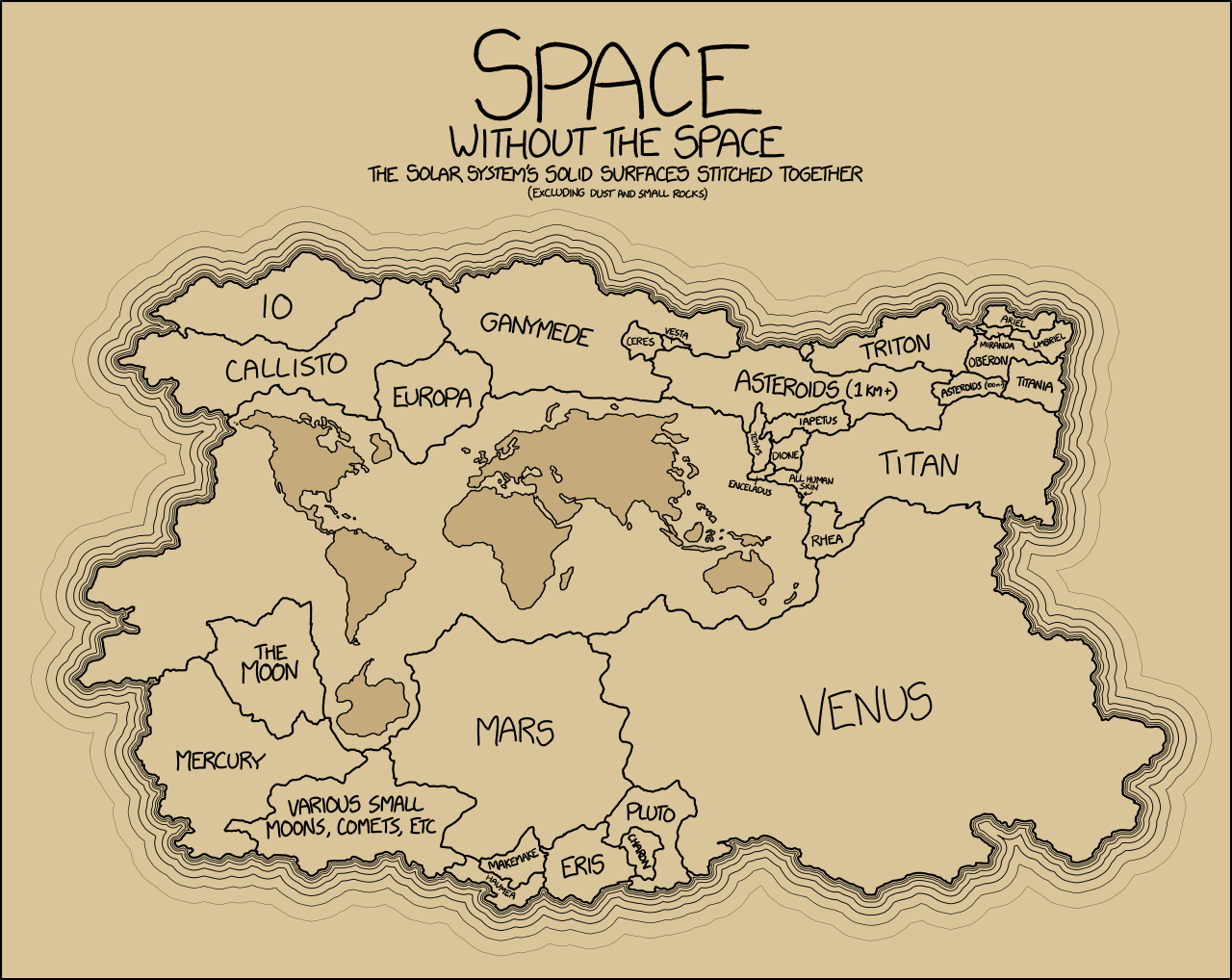Pluto vs. Earth
Table of Contents
Pluto is a dwarf planet beyond the orbit of Neptune. It was discovered in 1930, the first space object in the Kuiper belt. It was instantly called the 9th planet of the Solar system. Later, five moons were discovered orbiting Pluto. Then Pluto’s planetary status was doubted when it was found to be much smaller than expected. As a result, in 2006, the International Astronomical Union formally reconsidered the term planet to exclude dwarf planets such as Pluto.
Pluto is the 9th-largest and 10th-most-massive known object to orbit the Sun directly. The planet is made mainly of ice and rock. Compared to Earth’s moon, Pluto has only one-6th of its mass and one-3rd of its volume.
Below are a few visualizations that help you understand the size of this planet.
Australia vs Pluto

Pluto compared to South America

Alaska and Pluto on the same scale

Russia has a larger surface area than Pluto









